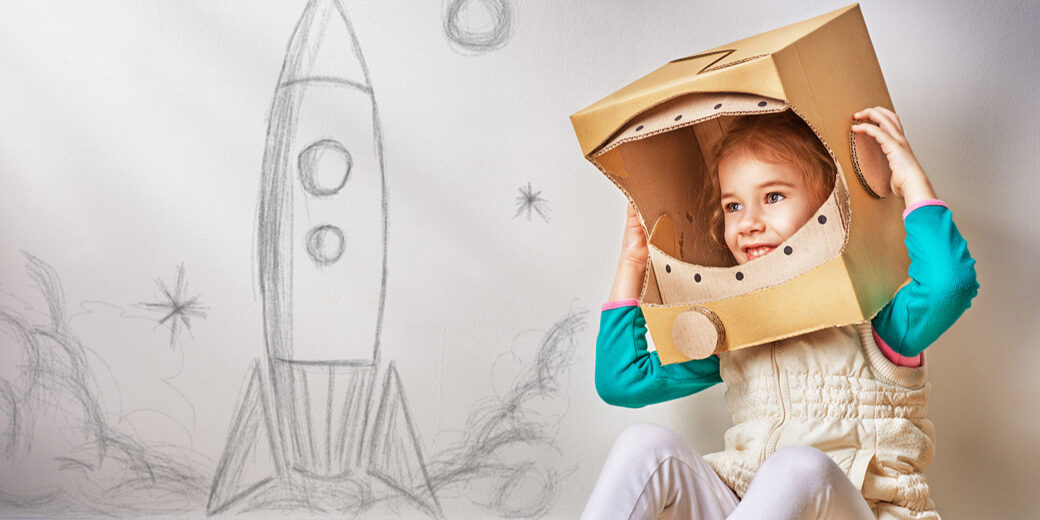In a world increasingly run by automation and structured by standardized tests, fostering creativity in children is not just a quaint notion but a critical aspect of their holistic development. A creative mind is not only a source of artistic sticker expression; it’s the bedrock of problem-solving, innovation, and adaptability in a rapidly changing world. This article delves into why it’s crucial to nurture creativity in children and how parents, educators, and caregivers can cultivate a fertile environment for a child’s inventive spirit to flourish.
The Bedrock of Creativity: Why It Matters
Creativity is often misconstrued as an innate talent exclusive to the arts. In reality, it’s a form of critical thinking that transcends disciplines. It enables children to devise unique solutions to complex problems, to think outside the proverbial box, and to express themselves fully. The World Economic Forum lists creativity as one of the top three skills needed for the future workforce. As such, nurturing a child’s creative mind is preparing them not just for school, but for life.
Laying the Foundation: Encouraging Exploration and Curiosity
The journey of creativity begins with curiosity. Children are natural explorers, keen to understand the world around them. Encouraging this exploration—be it through outdoor play, interactive museum visits, or simply allowing ‘messy play’ at home—sets the stage for a creative mind to take root. Questions like “What do you think will happen if…?” or “How would you solve this problem?” spark creative thinking by inviting children to think about possibilities and engage with the world as active participants.
Creating Spaces for Imagination
The environment a child inhabits plays a pivotal role in their creative development. Spaces that are rich in stimuli and free from judgment invite imaginative play. This doesn’t necessarily mean every corner should be filled with toys and gadgets. Often, it’s the availability of simple materials like blocks, art supplies, or even cardboard boxes that encourages the most imaginative creations. Moreover, a safe and open space where ideas are welcomed and not immediately evaluated allows a child’s creativity to soar.
The Role of ‘Unstructured Time’
In the modern, overscheduled life of a child, it’s imperative to carve out unstructured time. This is not time wasted; rather, it’s the incubator of invention. It is in these open periods that children can daydream, tinker, and follow their whims to unexpected ends. The seemingly idle act of staring out the window can, in fact, be a child formulating their next big idea.
Modeling Creative Behavior
Children learn by observing and emulating adults. When they see adults engaging in creative activities, they recognize that creativity is a valued trait. Parents and educators can model this behavior by taking up creative hobbies themselves, problem-solving aloud, or sharing how they overcome creative blocks. This also includes showing that it’s okay to make mistakes—an essential part of the creative process.
Incorporating Technology Mindfully
In a digital age, the question isn’t whether children should be exposed to technology but how it can be used mindfully to enhance creativity. Educational apps that encourage creative problem-solving or digital platforms for creating art and music can be excellent tools. The key is to ensure that technology is a medium for creation, not just consumption.
Reading: A Gateway to Creative Minds
Books are one of the most powerful tools for creative development. They transport children to different worlds, introduce new ideas, and present complex problems. Reading together, discussing stories, and encouraging children to create their own tales can significantly enhance their creative thinking skills.
Encouragement Over Praise
Finally, the way adults respond to a child’s creative efforts can either bolster or hinder their creative development. Encouragement focuses on the effort and the process, not just the end result. Instead of saying, “What a beautiful painting!” one might say, “I see you used a lot of blue and made big, sweeping strokes. Tell me about what you were thinking.” This kind of dialogue values the child’s creative process and encourages further exploration.
Conclusion
A creative mind is not the product of a single moment of inspiration but the result of a continuously nurtured outlook on life. By valuing curiosity, providing the right environment, allowing for unstructured time, modeling creative behavior, using technology wisely, promoting reading, and encouraging rather than just praising, we can cultivate children’s creative capacities. In doing so, we equip them not just with the ability to imagine great things but with the resilience and resourcefulness to bring their visions into reality. The task is neither small nor easy, but in a world that’s ever-changing, it’s perhaps the most valuable investment we can make in our future generation.

